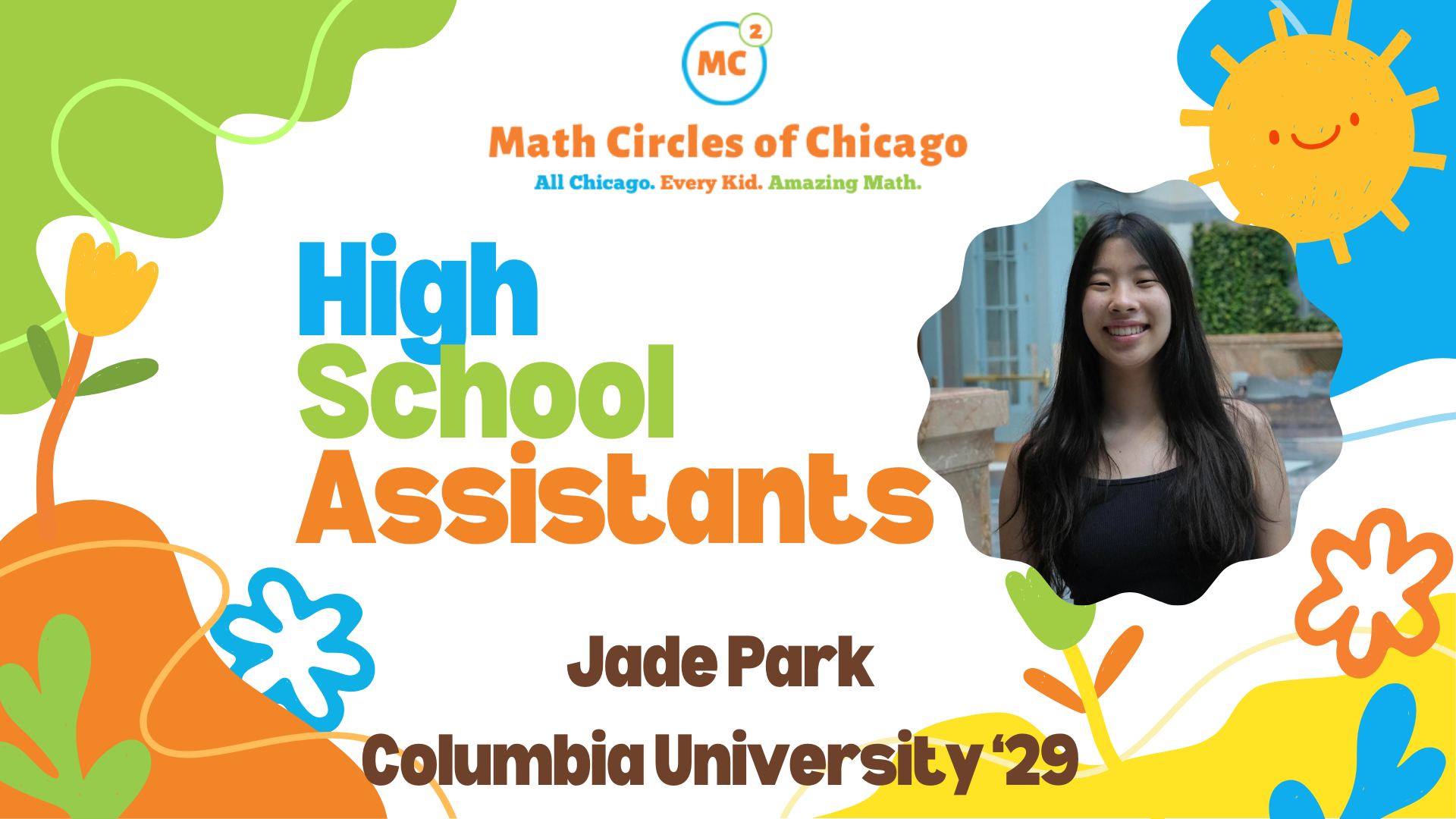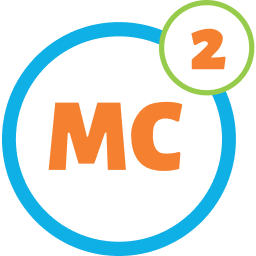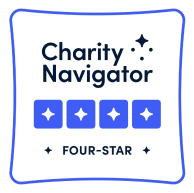Former HSA Profile 3: Jade Park
August 22, 2025

When did you first get involved with Math Circles of Chicago?
I started in 7th grade, right after moving to the city from the suburbs. My mom signed me up; she wanted me to have opportunities to learn outside of class. At first it was overwhelming: the sessions were on a college campus, and I was meeting middle school students from all over. But it turned out to be a lot of fun because the math was so different from what I was used to in school. I made a lot of friends through the program. I lost touch with some of them during COVID, but the experience stuck with me.
What’s different about learning math in a circle?
In school, the curriculum is built around everyone moving at the same pace. In math circles, it’s different: you’re given a topic to explore, and the time to really sit with it. The sessions are question-driven and more self-paced. One of the best parts is the collaboration—you get to work through problems with your peers in a way that feels very different from a traditional classroom.
How did Math Circles of Chicago influence your path?
In high school I worked as a High School Assistant at Lane Tech in the Cheng classroom, helping 3rd and 4th graders. This happened while I was also going through the college application process. After the very first session, I realized how much I loved working with kids—and how important the outreach side of STEM is.
STEM often focuses on answers and research, but I found so much value in the human side: kneeling down with a child, asking them to walk me through their process, and really listening. Before MC2, I already knew I wanted to pursue STEM. I loved astrophysics and had taken an astronomy elective. But teaching in the program opened a new career pathway for me: science communication. People like Bill Nye or Neil deGrasse Tyson show how science can be both rigorous and accessible. Math Circles helped me imagine that as a career for myself.
What did you learn about teaching from your lead teacher?
Patience. I thought I needed to show up with everything perfectly planned—answers rehearsed, lessons locked in. But working alongside an experienced teacher and another assistant showed me that teaching is more organic. It isn’t about following a script. The teaching guide encouraged us to respond in the moment: if a student gives an unexpected answer, you can pivot, acknowledge their contribution, and even let the conversation go in a new direction. That flexibility is powerful.
Do you have any advice for future high school assistants?
Just do it! It doesn’t matter how “math-y” or “STEM-y” you think you are—or whether you think you’re good with kids. There’s always something valuable you can take away from the experience. In fact, you’ll probably end up learning more about yourself than you expect.









